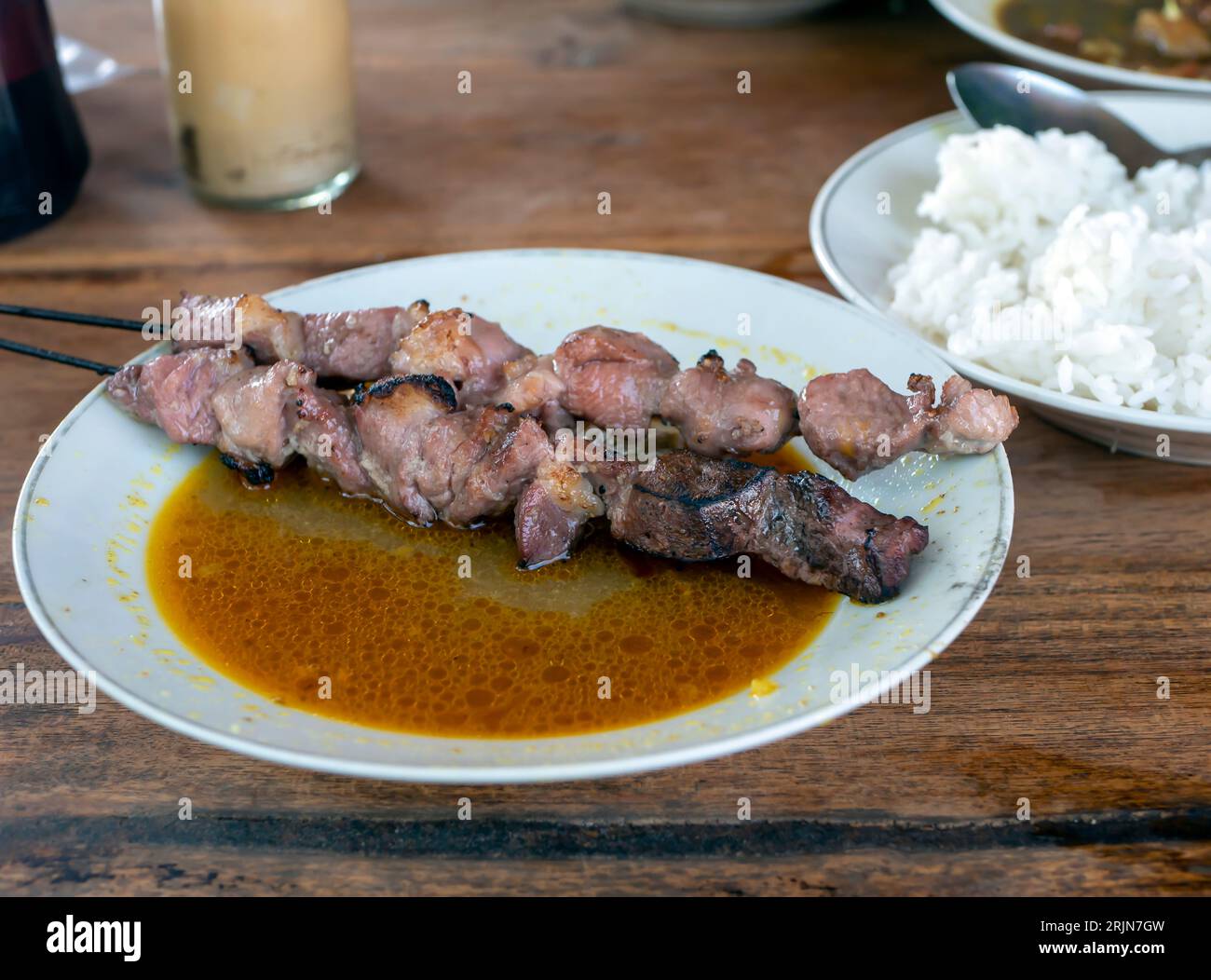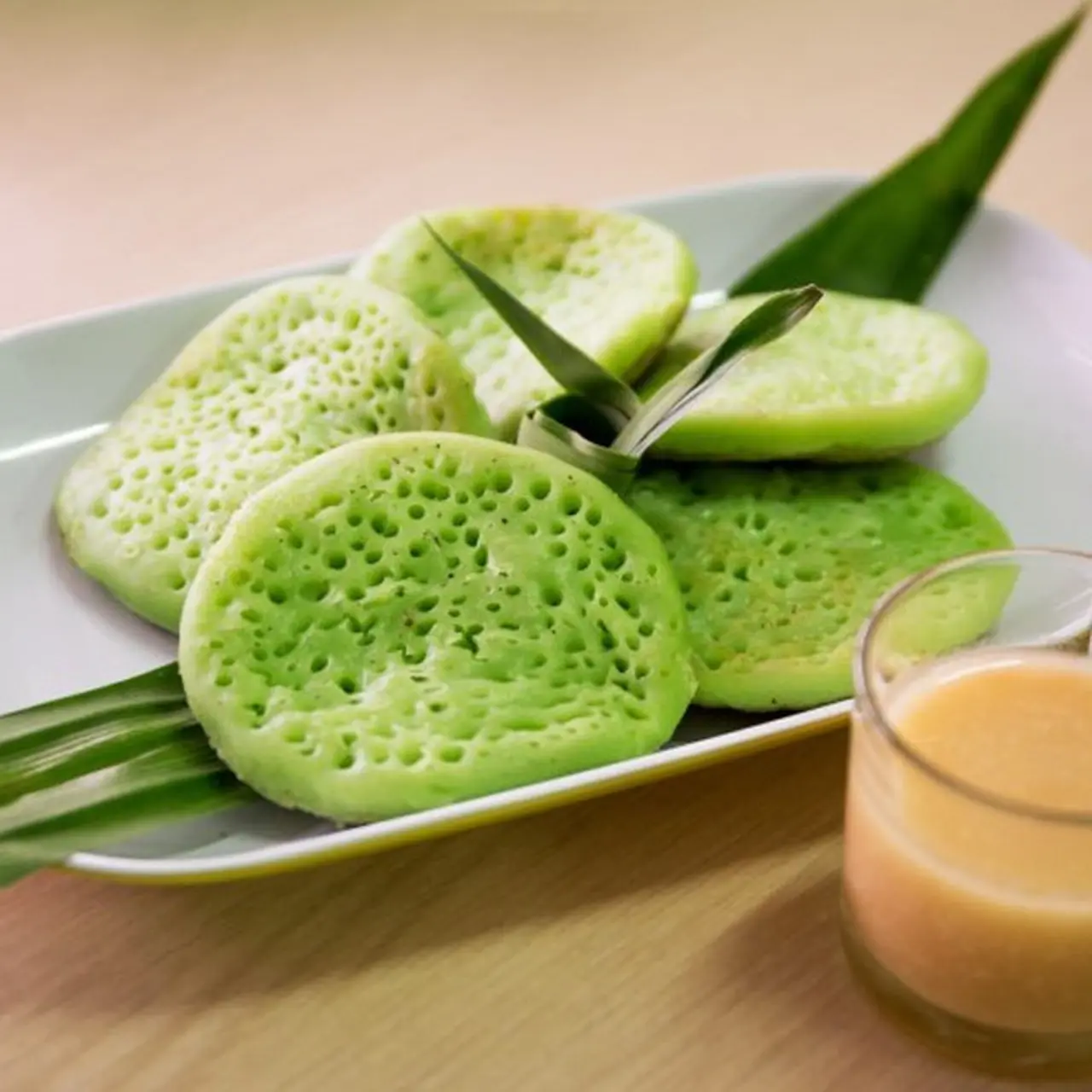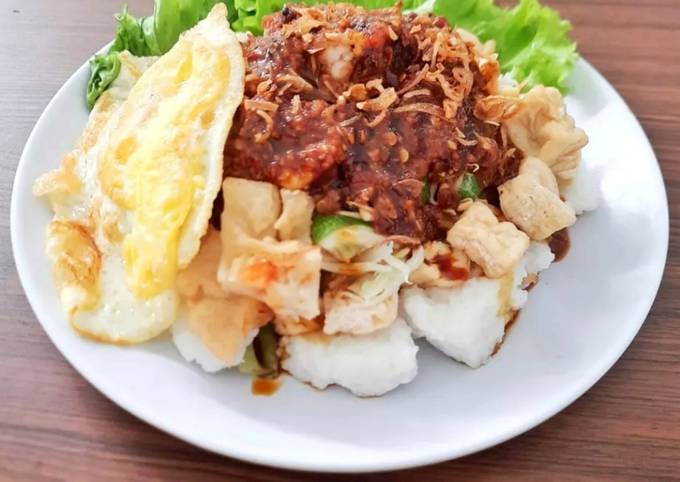![]()
Of course. Here is a 1,200-word article about the iconic Indonesian dish, Sate Klathak.
Sate Klathak: The Sizzling, Salty Heart of Yogyakarta’s Culinary Soul
In the warm, humid air of a Yogyakarta evening, as the sun dips below the horizon and the call to prayer fades, a different kind of symphony begins. It’s a percussive, rhythmic soundscape composed of sizzling embers, the rhythmic clatter of hand-cranked fans, and the murmur of hungry crowds gathering on woven mats. Amidst this nightly ritual, one particular sound stands out—a soft, distinct crackle. It’s the sound of salt crystals hitting a searing hot grill, the sound that gives a legendary dish its name: Sate Klathak.
To the uninitiated, Indonesian satay is a world of rich, sweet, and nutty peanut sauces, or the dark, glistening glaze of sweet soy sauce (kecap manis). It’s a national treasure, a dish of a thousand variations. But in the southern region of Yogyakarta, particularly in the Bantul and Imogiri areas, a culinary rebellion takes place on a skewer. Sate Klathak is satay stripped to its barest, most honest essence. It is a testament to simplicity, a celebration of a single, high-quality ingredient, and a profound culinary experience that is as much about philosophy as it is about flavour.

What arrives at your table is not what you might expect. Instead of delicate bamboo sticks, the meat is impaled on thick, imposing metal skewers—the spokes of a bicycle wheel. Instead of a complex marinade, the chunks of meat are seasoned with nothing more than salt and perhaps a whisper of pepper. And in place of the ubiquitous peanut sauce, a small bowl of light, savory goat curry, or gulai, is served alongside. This is Sate Klathak: audacious in its simplicity, unforgettable in its taste.
The Anatomy of a Legend: Meat, Metal, and a Mysterious Name
To understand Sate Klathak is to appreciate its three core components, each chosen with deliberate purpose.
First, the meat. This is not just any goat. The purveyors of Sate Klathak are fastidious about using only young goat, or kambing muda, typically between three to five months old. This choice is crucial. The meat from a young goat is exceptionally tender and has a milder, less gamey flavour than that of an older animal. The chunks are cut generously, ensuring each bite is substantial and juicy. There is no need for marinades or tenderizers; the quality of the meat speaks for itself.
Second, and perhaps most famously, is the skewer. The use of jeruji sepeda, or bicycle spokes, is not a gimmick. It’s a stroke of rustic engineering genius. Unlike bamboo or wood, metal is an excellent conductor of heat. As the satay cooks over the fiercely hot charcoal embers, the metal spoke heats up, cooking the meat from the inside out at the same time it’s being seared from the outside in. This dual-action cooking process is incredibly fast and efficient. It ensures the meat is cooked through evenly without drying out the exterior, locking in the natural juices and resulting in a perfectly tender, succulent morsel. The sight of these industrial-looking skewers lined up over a traditional charcoal grill is a striking juxtaposition of the old and the new, the functional and the traditional.

Finally, there is the minimalist seasoning. In a cuisine often celebrated for its complex spice pastes (bumbu), the choice to use only salt is a bold statement. It’s an act of confidence. The chef is declaring that the meat is so good, it needs no disguise. The salt doesn’t just add flavour; it draws out the moisture from the surface of the meat, creating a delicious crust when it hits the heat, while enhancing the meat’s own inherent savory notes. The name "Klathak" itself is believed to be onomatopoeic, derived from the "klathak-klathak" sound the coarse salt makes as it is sprinkled onto the meat and crackles over the hot coals.
The Ritual of the Meal: More Than Just a Dish
Eating Sate Klathak is an experience that extends beyond the plate. The typical venue is a warung, a simple, often open-air eatery, with long wooden benches or low tables where guests sit on floor mats (lesehan). The atmosphere is informal, communal, and vibrant. The grill is almost always at the front, a piece of culinary theatre for all to see. A designated griller, often fanning the flames with a large, woven bamboo fan, masterfully turns the skewers, their silhouette framed by smoke and glowing embers.
When you order, you typically order by the portion, which might contain two to four skewers. The satay arrives hot off the grill, accompanied by a plate of steaming white rice, a bowl of gulai, and a small plate of condiments—usually sliced raw shallots, cabbage, and fresh chilies.
The crucial element that completes the meal is the gulai. This is not a thick, heavy curry. Instead, it’s a light, brothy, and aromatic soup, often made with the bones and trimmings of the goat, simmered with turmeric, galangal, lemongrass, and coconut milk. It is savory and slightly spicy, designed not to overpower the satay but to complement it. You don’t dip the satay into the gulai. Instead, you spoon the fragrant curry over your rice, creating a flavourful, comforting base. Then, you take a skewer, use your fork or spoon to slide the hot, salty chunks of goat meat onto the gulai-soaked rice, and add a pinch of raw shallots for a sharp, fresh crunch. The combination is sublime: the pure, savory taste of the perfectly grilled goat, the warmth and aroma of the curry, the neutral canvas of the rice, and the pungent bite of the shallots.

Many Sate Klathak establishments, like the legendary Warung Sate Klathak Pak Pong in Imogiri, have expanded their menus to offer a full "nose-to-tail" goat experience. Diners can also order tongseng (a sweet and savory goat stew), tengkleng (a spicy bone soup), and of course, more bowls of the essential gulai.
A Philosophy on a Skewer: Simplicity as the Ultimate Sophistication
Sate Klathak is more than just food; it is a reflection of a certain Javanese philosophy. In a culture that values subtlety and inner substance, the dish embodies the principle of kesederhanaan, or simplicity. It rejects artifice. There are no heavy sauces to mask imperfections, no complex marinades to create a false sense of flavour. The dish is an honest contract between the chef and the diner: "I have sourced the best possible meat, and I have cooked it perfectly to let its true character shine."
This makes it an outlier in the landscape of Central Javanese cuisine, which is famously dominated by sweetness, from the iconic jackfruit stew gudeg to the sweet soy sauce-based marinades of many other satays. Sate Klathak provides a powerful counterpoint, a purely savory (asin) and deeply satisfying (gurih) experience that cleanses the palate and focuses the senses. It is a dish born of confidence, rooted in the quality of its primary ingredient.
Its origins in the Imogiri area, home to the royal cemetery of the Mataram kings, lend it a certain gravitas. It feels like an ancient, elemental dish, something that has been part of the land for generations. While it has now become a culinary icon of Yogyakarta, drawing food tourists from across Indonesia and the world, it remains firmly grounded in its humble, local roots. The family-run warungs that line the streets of Bantul are custodians of this tradition, passing down the art of selecting the right goat, mastering the fire, and understanding the profound power of just a pinch of salt.

For any visitor to Yogyakarta, a pilgrimage to a Sate Klathak stall is essential. It is to partake in a ritual that is both rustic and refined. It’s to sit in the smoky, fragrant air, watch the mesmerizing dance of fire and metal, and taste a piece of culinary history. It’s a delicious reminder that in a world of endless complexity, sometimes the most profound, memorable, and satisfying experiences are the simplest ones. Sate Klathak is not just the taste of goat on a skewer; it is the taste of Yogyakarta itself—honest, authentic, and utterly unforgettable.


The iconic Indonesian dish, Sate Klathak. pictures collections gallery
The iconic Indonesian dish, Sate Klathak. is a nice pictures and stock photo for your computer desktop or your smartphone device (ipad, tablet, blackberry, iphone, and other device) and also for your personal use. Free available for desktop wallpaper or additional image collections for your all needs. And was uploaded by admit at date July 1, 2025. You can download it in your computer by clicking download button to save image... have nice day and have fun guys..
This 1 image in featured post from 0 Photos/images Gallery and awesome picture selections about The iconic Indonesian dish, Sate Klathak. is available to download. "Download & Save" images/pictures/wallpapers now and this Is one of the post that listed in packed to Category is Foods directory, with image dimension/resolution size is 1200 × 800 px and size image/picture file is 184 KB with original link post ID is : https://powae.pw/of-course-here-is-a-1200-word-article-about-the-iconic-indonesian-dish-sate-klathak/. Get download/save images in post and gallery, "download" images or "preview" it on a bigger image for spesification sample in Large size (full attachment size) here : [Download & View to Large size]. Just Simple way, in thumbnail or in Gallery. *Click images to view Large Size.We collect this wonderful image from online and choose one of the best for you. Pictures collection that posted here was carefully chosen and published by author after choosing the ones which are best among the others. So, ultimately we make it and here these list of best image for your inspiration and informational reason regarding the The iconic Indonesian dish, Sate Klathak. as part of blogsite exclusive updates collection. So, take your time and find the best informations and pictures posted here that suitable with your needs and use it for your own collection and personal use. About Image information: Image has been submitted and You are able to give your opinion as evaluations to our web site value.
Don't forget to comment if you interest with this images, you can share this post to social media like as facebook, twitter, google+, pinterest, stumbleupon, and more. just click social media buttons for share this post The iconic Indonesian dish, Sate Klathak. Now. :)
Thanks for your visit, I hope you happy come to opo wae, wis opo wae, and get what you're looking for. And hope sometimes you will come back again here. All you need to do is help us develop by discussing this The iconic Indonesian dish, Sate Klathak. if you like it "leave your comment". have fun, Thank you.




